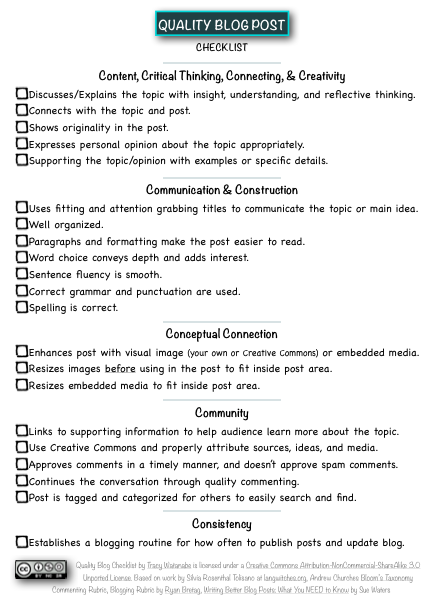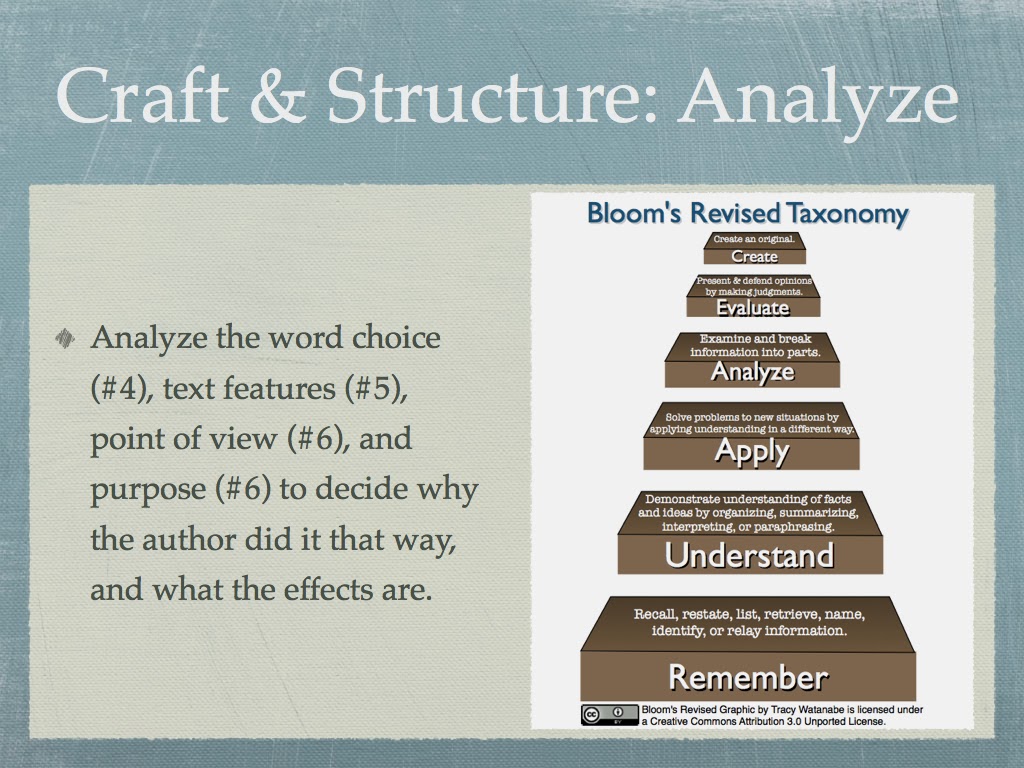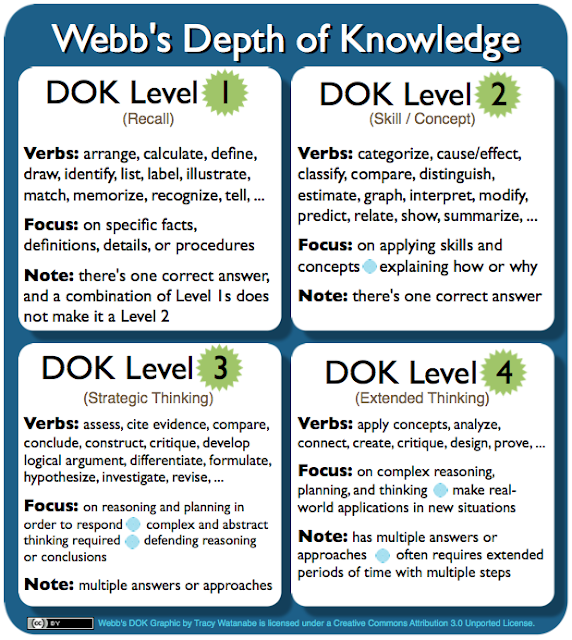21st Century Learning & Writing
The #elemchat on Dec. 17th, focusing on strategies and approaches for helping students become better writers, got me thinking about what writing looks like in 21st century learning.
What does 21st century learning look like?
What does 21st century learning sound like?
What does 21st century learning look like with writing?
There should be a balance between teacher led instruction and student led discussion, interaction, and collaboration.
Four years ago, Tawyna Olen asked if she could observe me for her Master's class assignment. She observed a writing mini-lesson with my 5th grade class. Here are some excerpts she wrote:
Connecting beyond the four walls
Reaching beyond the four walls of the classroom and connecting with others as part of the learning process, or to share learning, creating, and writing is valuable. Connecting with an authentic audience via blogging takes the writing and learning to a deeper level.
Final remarks
Writing should be learned through a balance of instruction, collaboration, peer discussion, application, and reflection. When an authentic audience is added in, there is a real purpose which increases motivation.
Writing in 21st century learning is more than just writing with a technology tool--it's the process of learning writing.
What does 21st century learning look like?
 |
- Students engaged in authentic task
- Students are collaboratively problem solving
- Collaboration -- students helping peers
- Students are creating original work to represent their ideas
- Teacher is walking around the room facilitating
- Noticeable routines and procedures for getting help and transitioning
- Learning is interactive and engaging
- Students are on task and taking risks to learn
- Students are forgetting they're learning
- Ongoing assessment/feedback/reflection
- All of the above can be with or without technology
What does 21st century learning sound like?
- Teacher facilitating instead of directing
- Focused noise--it's not silent while they are on task
- Student led discussions
- Respectful discussions and feedback
- Enthusiastic conversations about their learning
- All of the above can be done with or without technology
What does 21st century learning look like with writing?
There should be a balance between teacher led instruction and student led discussion, interaction, and collaboration.
Four years ago, Tawyna Olen asked if she could observe me for her Master's class assignment. She observed a writing mini-lesson with my 5th grade class. Here are some excerpts she wrote:
Next, (Tracy) transitioned into the mini writing lesson by asking them to take out their work. Students were to have written the ending to an eighth grade essay on A Good Teacher using one of the concluding techniques they learned the day before. Once each student had their work out, she asked the class to think of all the different ways they could conclude a piece of writing. She waited a few seconds and then had students share with their partner.
While they were busy sharing she put up on the projector a list of all the strategies: She then clapped and raised her hand to get their attention and asked for someone to explain to her the different strategies. She then had the class share with their partner again only this time giving examples of each strategy. After getting the class' attention, Tracy went on to confirm what she had heard the pairs discussing by going through the list and giving examples of each strategy and explaining what type of writing might benefit from each type of conclusion.
Some rights reserved by Isobel T
Tracy then transitioned into the activity explaining to her students the directions. They were to read their ending to a classmate. The classmate was to listen and then comment on the ending by giving a compliment or suggest a way in which they could improve and then read their ending. After they had finished they would move on to another classmate and repeat the same procedure. This process would continue for three minutes...
After the timer went off students quickly went back to their seats. Tracy asked the class if they heard any endings that they thought were strong that should be shared with the whole class. Many hands went up and she called on a few to share if they wanted to...Break the task into smaller steps, and allow the students to explain it in their own words, make connections to their past experiences and understanding, and provide feedback to each other.
Connecting beyond the four walls
Reaching beyond the four walls of the classroom and connecting with others as part of the learning process, or to share learning, creating, and writing is valuable. Connecting with an authentic audience via blogging takes the writing and learning to a deeper level.
Final remarks
Writing should be learned through a balance of instruction, collaboration, peer discussion, application, and reflection. When an authentic audience is added in, there is a real purpose which increases motivation.
Writing in 21st century learning is more than just writing with a technology tool--it's the process of learning writing.
- What increases the love for writing in your classroom/life?
- How do you achieve a balance between teacher led instruction and student led discussion, interaction, and collaboration?
- What does writing look like in different grades?
- How else did this post connect with you?




Comments
Post a Comment
Directions for posting:
1) Choose "Comment As" first. If you don't have a Google/Blogger account, you can choose Name/URL and type in your name, then place the web site that best describes you in the URL (i.e. www.ajusd.org). Or, you can choose "Anonymous".
2) You may need to press "Post Comment" more than one time.
It is always wise to copy your comment before pressing "Post Comment" just in case something happens.
3) Type in the word verification.
4) If you did everything correctly, it will state, "Your comment has been saved and will be visible after blog owner approval." If you do not get that message, please try again.
Click here for a tutorial on how to comment.
Thank you!